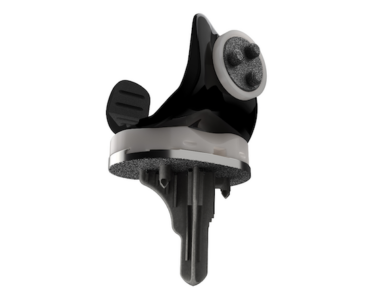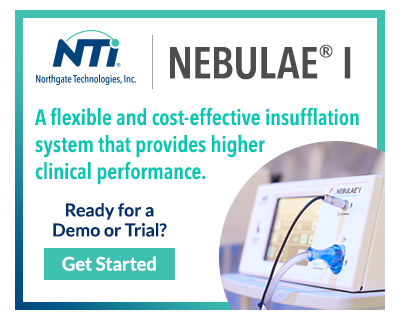Smith+Nephew announces it is expanding the reach of its medical education curriculum through a suite of advanced simulation technologies. Healthcare professionals can now conveniently access core orthopaedic, robotics and sports medicine procedural skills-training using virtual and augmented reality, haptics, and 3D interactive gaming at every Smith+Nephew Academy centre of excellence around the world.
Healthcare professionals are universally acknowledging the benefits that simulation technology can deliver as part of their continuous education journey. Reinforcing procedural, psychomotor and cognitive skills by simulating a surgeons decision making process delivers an immersive learning experience that traditional training methods cannot match.
Mr. Stephen Mitchell, Consultant Trauma & Orthopaedic Surgeon at University Hospitals Bristol NHS Foundation Trust recently led a hip fracture management course for Smith+Nephew using virtual reality. He commented, “There is a huge opportunity with virtual reality for future training applications to drive both an accelerated learning process and distance training. It lends itself perfectly to the 2D/3D nature of trauma, arthroscopy and arthroplasty procedures.”
Recent randomized controlled trials have generated data which indicates that virtual reality training programs can be a more effective modality of learning orthopaedic surgical techniques compared to passive learning tools such as a standard guide training.1 The training groups completed their assessments faster, with a higher Global Rating Score, and demonstrated greater retention with higher scores upon re-testing at two weeks.1
A recent Smith+Nephew survey for participants in a virtual reality training course concluded that they felt the workshop increased their surgical procedure knowledge and better prepared them for the cadaveric lab because of the instrumentation walk through.2 When asked if they would like to see more virtual reality sessions as part of future medical educational programmes, 90% of the participants responded “yes”.2
“Central to Smith+Nephew’s commitment to being a global leader in medical education and improving patient outcomes is providing a state-of-the-art, interactive learning environment tailored to the needs of the healthcare professional,” said Cindy Walker, Senior Vice President of Global Medical Education for Smith+Nephew. “With Smith+Nephew Academy, we are actively transforming the way we educate our customers around the world by surrounding them with leading edge technology, clinical content and scientific data.”
A number of educational VR modules are currently available including the world’s first for arthroscopic meniscal repair launched earlier this year. Additionally, a module for the JOURNEY II BCS Total Knee Arthroplasty using a robotic-assisted CORI◊ Surgical System will launch globally in October.
References
- Blumstein G, Zukotynski B, Cevallos N, et al. Randomized Trial of a Virtual Reality Tool to Teach Surgical Technique for Tibial Shaft Fracture Intramedullary Nailing. J Surg Educ. 2020;77(4): 969–977
- Smith+Nephew survey results on file
Source: Smith+Nephew.











